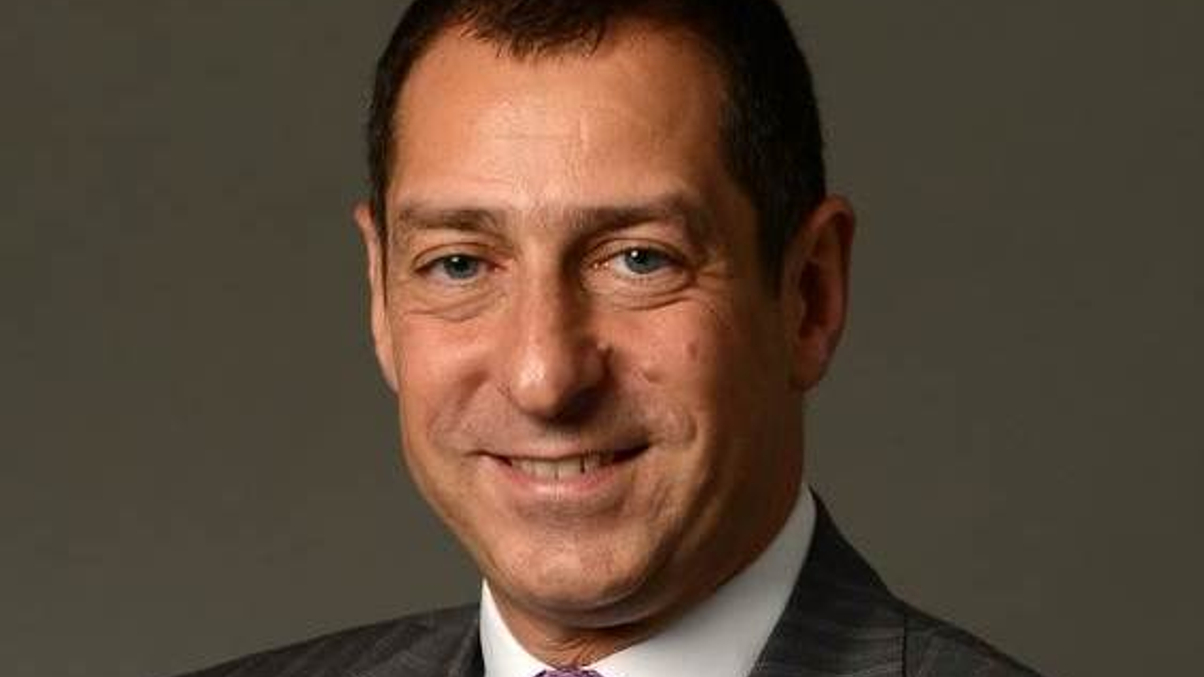Mark Konyn to join AIA
The former Cathay Conning AM chief is to join life insurer AIA in a senior investment role, reporting to group CEO Mark Tucker.

Mark Konyn is to join life insurer AIA as group chief investment officer, it has been announced. Hong Kong-based Konyn was previously CEO of Cathay Conning Asset Management (CCAM), but left the firm in mid-July, as revealed by AsianInvestor.
Sign in to read on!
Registered users get 2 free articles in 30 days.
Subscribers have full unlimited access to AsianInvestor
Not signed up? New users get 2 free articles per month, plus a 7-day unlimited free trial.
¬ Haymarket Media Limited. All rights reserved.


